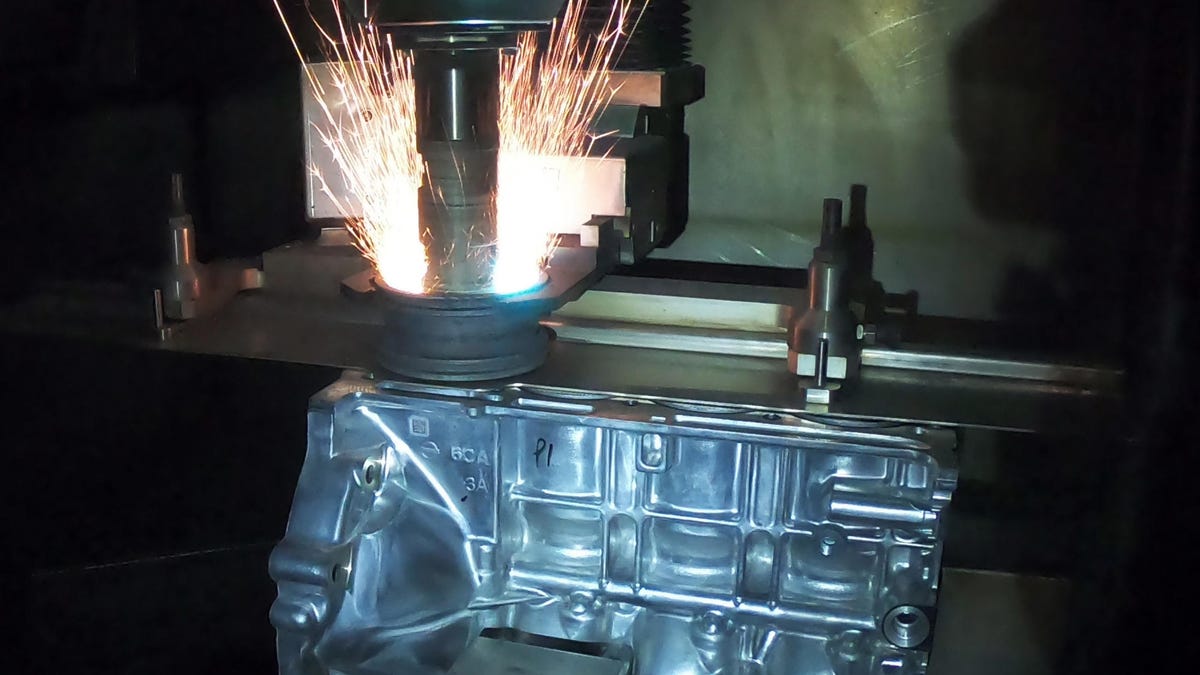Nissan's 2.5-liter Altima engine borrows clever efficiency tech from the GT-R
Drop-in cylinder liners? Who needs 'em!
I don't blame you if you don't see much commonality between the Nissan Altima and the Nissan GT-R , except for maybe the windshield wiper stalk. Yet, tucked away in the all-new Altima's engine is a trick bit of engineering that first found a place on Godzilla.
Nissan on Thursday unveiled more information behind its "mirror bore" process, which it first used in the GT-R before adapting it to other vehicles like the Sentra Nismo. Now, it's an integral part of the 2.5-liter engine offered on the new Altima, and Nissan says this is its highest-volume application of this technology to date.
Essentially, the mirror bore process replaces a traditional cylinder liner. When an engine block is made of aluminum, like the Altima's is, it requires a cylinder liner to act as a layer between the block itself and the pistons inside -- aluminum isn't capable of handling the heat and stress that comes from the pistons doing their thing, so the liner is usually made of heavier cast iron. Instead of using a liner, Nissan instead coats the cylinders with a 0.2-millimeter-thick layer of molten iron, polishing it to a mirror finish with a drill bit containing diamonds. The coating's shiny surface means less energy is lost to friction, improving the engine's efficiency.
The end result is the same -- protection of the block's cylinder walls from the forces within -- but Nissan's process brings some additional benefits to the table, as well. Considering the mirror bore procedure leaves just 0.2 millimeters of material, it makes for a much lighter solution than the usual 2-millimeter cast iron liners in use, improving overall efficiency. That thinness also makes for better heat conduction, reducing engine knock and again boosting engine efficiency.
With electrification gaining footholds across the industry, the internal combustion engine needs to up its game to stay relevant amid ever-growing efficiency regulations. Mirror bore coating is one way to do that, but the Altima has a second trick up its sleeve, as well: VC-Turbo. VC stands for variable compression, as it relies on intricate crankshaft linkages to change the engine's compression ratio on the fly, favoring either efficiency or power depending on the driver's needs. This clever 2.0-liter I4 slots above the Altima's 2.5-liter engine in the lineup, and it can also be found on the Infiniti QX50.


